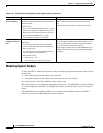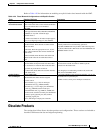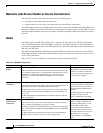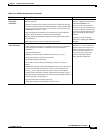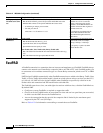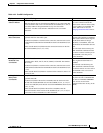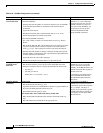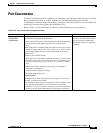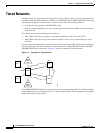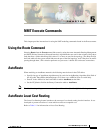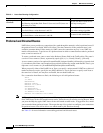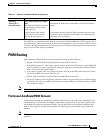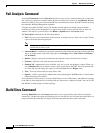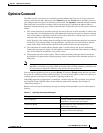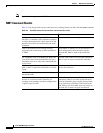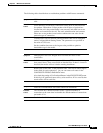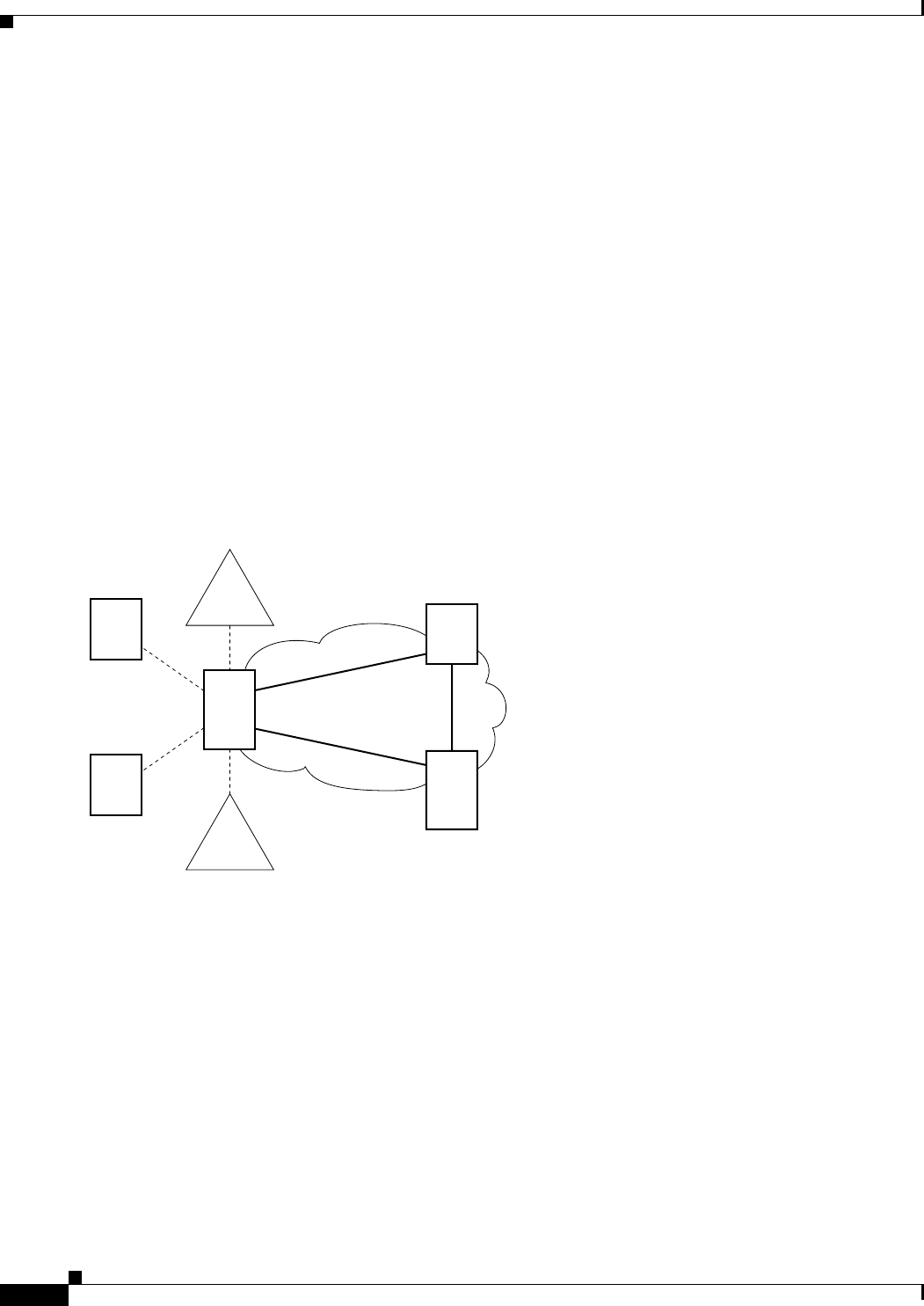
4-42
Cisco WAN Modeling Tools Guide
OL-10426-01, Rev. A0
Chapter4 Configuration Tables and Fields
Tiered Networks
Tiered Networks
Tiered networks are a special network configuration of Cisco WAN switches. A tiered network consists
of a BPX or IGX hub node linked to a maximum of 16 IPX/IGX nodes or MGX 8220/ MGX 8850 edge
concentrators designated as feeder nodes. A feeder node provides the following features:
• It expands the port capacity of the BPX/IGX switch
• It has no routing capabilities, so it is not counted against the maximum number of switches allowed
in the network.
Use a feeder node under the following circumstances:
• when a BPX switch does not support a required line interface, such as T1/E1/V35/X21
• when a BPX switch does not provide required network services, such as Frame Relay or circuit
emulation.
In a tiered network, each feeder has only one link to the hub node. In the NMT, tiered network generation
is driven by the type and the line interface of the connection for creating IPX/IGX feeders and MGX
8220/MGX 8850 edge concentrators. Figure 4-2 shows an example of a tiered network.
Figure 4-2 Example of a Tiered Network
If an IPX/IGX/MGX8220 feeder is not in the Sites table, but is generated by NMT, it is called an implicit
feeder. When the node is in the Sites table, it is called an explicit feeder. The requirements for modeling
implicit and explicit feeders differ.
MGX
8220
Shelf
IGX
BPX
Paris
Belgium
London
MGX
8220
Shelf
IPX
IPX
BPX
S6042



